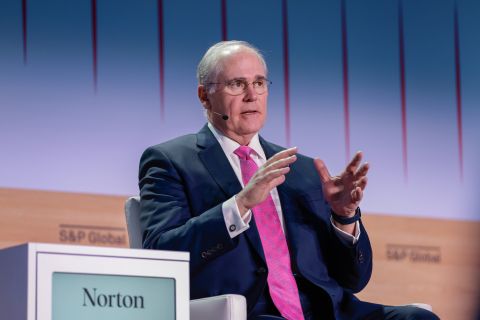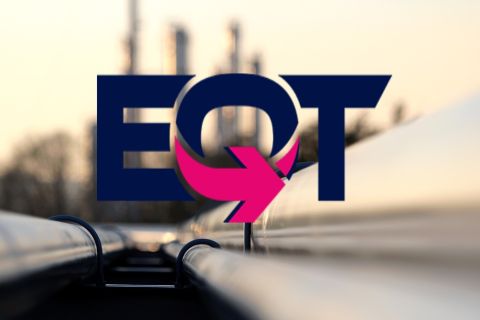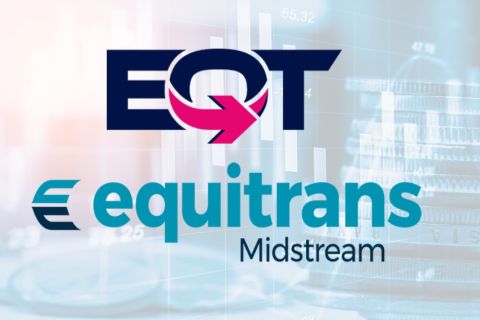
Supermajors Exxon Mobil, Chevron, BP and Shell recorded more than $50 billion in losses between them last year. (Pictured is the Egmond man Zee wind farm off the Dutch coast, which is a 50:50 joint venture between Shell and European utility company Vattenfall. Source: Stuart Conway/Royal Dutch Shell Plc)
When Exxon Mobil Corp. struck the biggest deal of a $300 billion wave of oil mergers during the brutal late-1990s crude price collapse, Mobil CEO Lou Noto gave a warning to the industry.
“We need to face some facts,” he said as he announced his company’s takeover. “The world has changed, the easy things are behind us. The easy oil, the easy cost savings, they’re done. So all of us are now looking for some way to make a jump.”
Now the finances of the supermajors those deals created are in tatters, just as the rise of clean energy and doubts about long-term oil demand force another existential reckoning—and the prospect of megamergers is on the cards again.
“We’ve had two price crashes in the last five years and we’ve seen a lot of money leaving the sector,” said Greg Aitken, head of mergers and acquisitions research at the consultancy Wood Mackenzie. “We’ve seen a lot of concerns about energy transition and ultimately demand destruction and a lot of uncertainty about how quickly that’s going to happen. So big strategic tie-ups and deals—those are entirely feasible.”
Exxon Mobil, Chevron Corp., BP Plc and Royal Dutch Shell Plc recorded more than $50 billion in losses between them last year, as the pandemic-driven crash in oil demand crushed crude prices and forced them to slash their spending plans.
RELATED:
Pandemic Drives Oil Major BP to First Loss in a Decade
Exxon Mobil Posts First Annual Loss As a Public Company
Chevron Posts Loss on COVID-related Restrictions
Shell’s Profit Fell in 2020 to Lowest in At Least Two Decades
Reports last week that Exxon Mobil and Chevron discussed what would have been the biggest industrial merger in history during the depths of last year’s market bust are a measure of the panic that swept through the sector.
“The situation looked so desperate last spring and it was unclear how bad it was going to get,” said Daniel Yergin, vice-chairman of IHS Markit and author of The New Map, a recent book on the oil sector.
The desperation has faded but investors say big deals would be a welcome reset for a sector that was shedding value before the crash and is now watching the investment landscape tilt towards cleaner rivals.
Darren Woods, Exxon Mobil CEO, said last week that the company was on the hunt for deals and looking at companies that could “grow value, unique value” and complement its portfolio, in what some analysts said was a nod to Chevron.
A tie-up between the U.S. supermajors would make “eminent sense,” according to one Houston energy banker, creating a more profitable oil portfolio to compete with low-cost Middle Eastern and Russian suppliers. Such a deal could also free up capital to spend on the low-carbon technologies investors are demanding.
But scale is a key driver—part of a “last man standing” strategy for survival even if oil demand shrinks over the coming decades. A combined Exxon Mobil and Chevron, for example, could produce about 6 million bbl/d, more than any OPEC country other than Saudi Arabia.
“Scale is a real enabler of cost efficiency,” said Nick Stansbury, head of climate solutions at Legal & General Investment Management, which holds shares in many supermajors.
Big deals would also help some companies “get out of the penalty box”, he added, allowing producers to align their business to “play an active role in the transition.”
Despite last year’s mammoth losses, short-term pressures on operators have eased thanks to a rebound in oil prices, which struck a 12-month high close to $60/bbl this week.
Some observers think the rally and a growing industry consensus that prices will keep rising have lessened the pressure for a dramatic course correction.
Exxon Mobil and Chevron have probably “moved past” the need to combine, according to Sam Margolin, managing director at Wolfe Research. “Both companies have stabilised now and have a very transparent plan out to 2025,” he said.
But others say bigger concerns still loom over the sector, compelling it to consider radical solutions.
“This isn’t just about the near term, it’s about a long-term energy transition, demand destruction, price volatility…and the twilight years,” said Aitken, referring to the possibility of those kinds of deals. A historic oil crash had left “no sacred cows”, he added.
Analysts at Morgan Stanley last year raised the possibility of Exxon Mobil or Chevron buying a U.S. electricity producer as a “potentially more attractive strategy” than buying more oil production.
Still, although Shell and Total have said they would like to go from Big Oil to Big Energy, transformations such as oil-dominated Dong Energy’s reconstitution into clean-energy focused Ørsted AS will be tricky to pull off.
RELATED:
French Oil Major Total to Rebrand as TotalEnergies
As oil company share prices slid last year, with BP’s market cap more than halving to $50 billion, bankers and energy analysts speculated about the company becoming an acquisition target as well as broader consolidation in the European sector.
But hurdles would stand in the way of another wave of megamergers—not least government scrutiny of such deals. And selling oil assets to raise funds for transition projects is tricky when potential buyers are also reducing exposure to fossil fuels.
“If you have to sell assets, where do they go? It’s not as easy as it once was,” one banker said. “Antitrust solutions are not as clear.”
One area where more M&A activity is widely expected is the battered American shale patch, where more than $50 billion worth of deals were struck in the second half of 2020, according to the data provider Enverus.
Behind the mergers was operators’ need to amass scale, drive down drilling expenses and eliminate some of the shale sector’s notoriously bloated general and administrative costs.
More deals are likely, especially in the prolific Permian Basin shale fields of Texas and New Mexico, following U.S. president Joe Biden’s executive orders to clamp down on drilling on federal land, according to Lee Maginniss, a managing director at the consultancy Alvarez & Marsal.
“Companies with large inventory of non-federal drillable locations have just gotten more attractive,” said Maginniss. He expects at least another big deal or two in the Permian Basin this year, as the big U.S. independent producers consolidate.
Chevron has already bought Noble Energy, which had shale assets as well as an international gas business. Supermajors are still hovering over the shale patch with intent, analysts say.
Top-tier operators such as EOG Resources Inc., Pioneer Natural Resources Co., Diamondback Energy Inc. and ConocoPhillips Co.—with productive fields, relatively sturdy finances and environment, social and governance plans—are all prime targets.
“We are in an era of consolidation,” Yergin said. “But in shale.”
Recommended Reading
ONEOK CEO: ‘Huge Competitive Advantage’ to Upping Permian NGL Capacity
2024-03-27 - ONEOK is getting deeper into refined products and adding new crude pipelines through an $18.8 billion acquisition of Magellan Midstream. But the Tulsa company aims to capitalize on NGL output growth with expansion projects in the Permian and Rockies.
EQT Ups Stake in Appalachia Gas Gathering Assets for $205MM
2024-02-14 - EQT Corp. inked upstream and midstream M&A in the fourth quarter—and the Appalachia gas giant is looking to ink more deals this year.
EQT Deal to ‘Vertically Integrate’ Equitrans Faces Steep Challenges
2024-03-11 - EQT Corp. plans to acquire Equitrans Midstream with $5.5 billion equity, but will assume debt of $7.6 billion or more in the process, while likely facing intense regulatory scrutiny.
Ohio Oil, Appalachia Gas Plays Ripe for Consolidation
2024-04-09 - With buyers “starved” for top-tier natural gas assets, Appalachia could become a dealmaking hotspot in the coming years. Operators, analysts and investors are also closely watching what comes out of the ground in the Ohio Utica oil fairway.
OEP Completes Acquisition of TechnipFMC’s Measurement Solutions Business
2024-03-27 - One Equity Partners said TechnipFMC’s measurement solutions business will be rebranded as Guidant and specialize in measurement technology, automation solutions and global systems.





